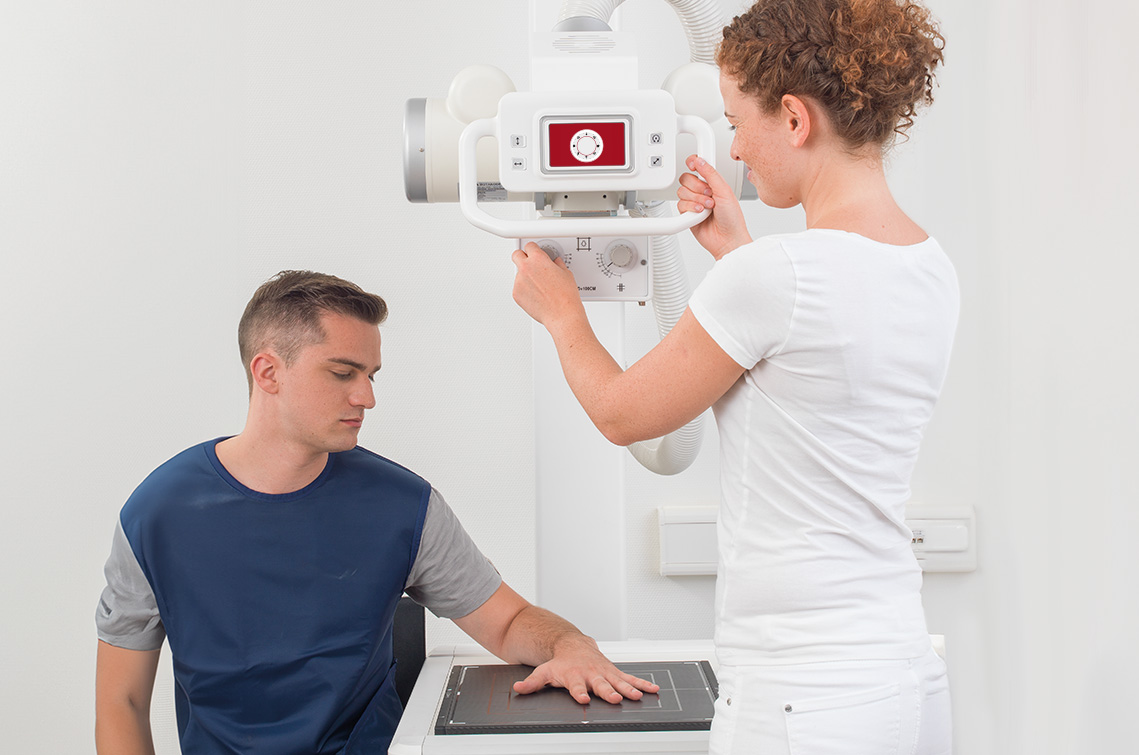A plea for the digitisation of radiology
The digitisation of medical imaging - whether direct digital with fully integrated X-ray equipment or via a retrofit system using direct radiography with detectors - has invaluable advantages for radiologists, healthcare professionals and patients alike.
Compared to conventional methods, digital X-rays enable considerably faster imaging. The images are available for quality control within seconds and for reporting in real time. This speeds up diagnostics considerably and ensures faster treatment of patients, especially in emergencies. This is supported by the improved image quality of digitally generated images. These can be processed after the image has been taken to highlight certain areas or adjust contrast and brightness. This enables radiologists to reliably detect even the smallest anomalies or pathologies. Diagnostics are supported by extended measurement and analysis options. This enables radiologists to obtain precise information about the size, position and density of structures in the body within a very short time. This is particularly relevant for assessing the growth of tumours. Last but not least, digital X-ray images can be processed by artificial intelligence algorithms, which can provide radiologists with valuable information for their findings.
Pathologies can be complex, radiologists less experienced. That's when it helps to consult an expert. Digital X-ray images can easily be sent via telemedicine platforms or secure data connections to specialists all over the world to obtain a qualified second opinion. However, teleradiology not only enables faster consultative diagnostics, it also facilitates collaboration between different medical disciplines, for example in the multimodal care of a (joint) patient
Digital radiographs stand for easy archiving and better data management. Once stored in the electronic patient record, all authorised persons can access it, no matter when and no matter from which location. Even the 30-year retention period can be met without any spatial effort, and the risk of image loss or damage - with an appropriate archiving strategy - approaches zero.
Patients benefit not only from faster and more accurate diagnostics, but also from a sometimes considerably reduced radiation exposure. Thanks to the possibilities of image processing and post-processing, radiation exposure can be reduced. In addition, non-optimal images can be "saved", which saves the patient repeat images.
Health facilities that rely on digitalised radiology save money in the medium and long term. Although the initial investment for digital X-ray equipment is usually higher than for conventional equipment, it pays for itself quite quickly through the efficiency of image management and the elimination of film material and development chemicals. The latter, of course, then also has a positive effect on the eco-balance of the facility.
The digitisation of medical imaging is therefore worthwhile for many reasons. EXAMION supports you with its own solutions - hardware and software - as well as the know-how from more than 30 years and countless projects in the conversion of your radiology.
